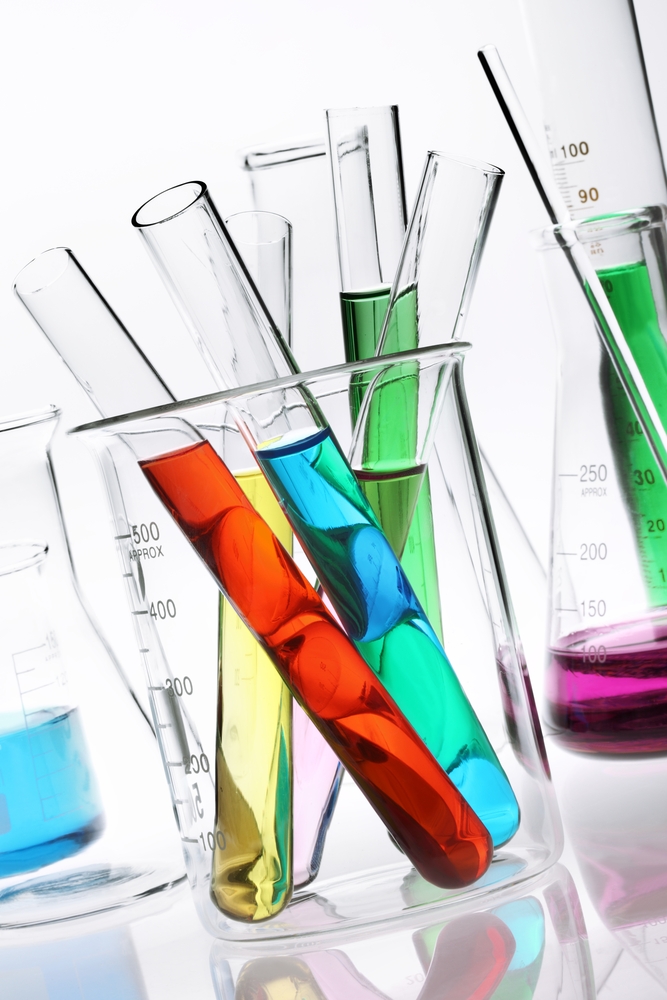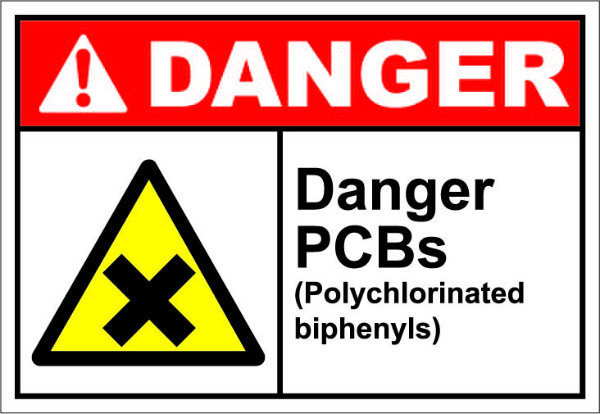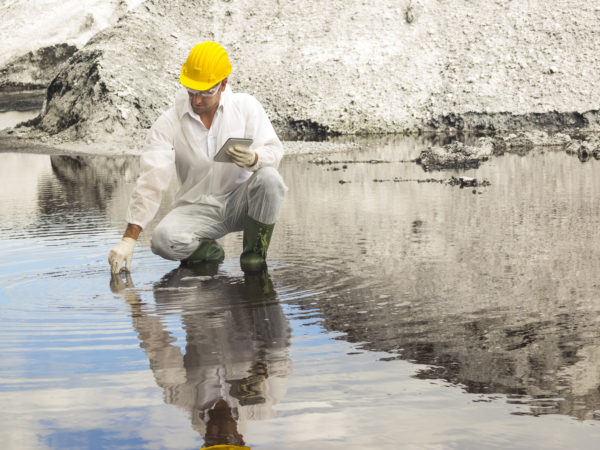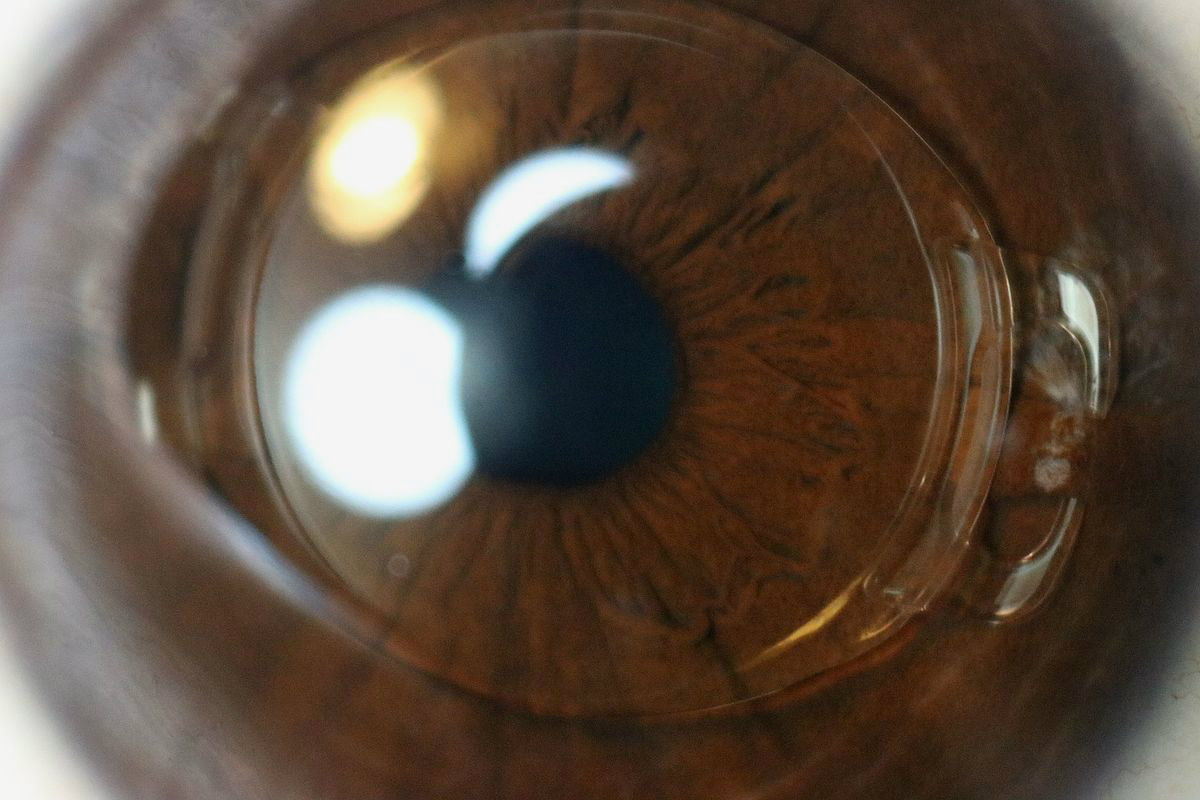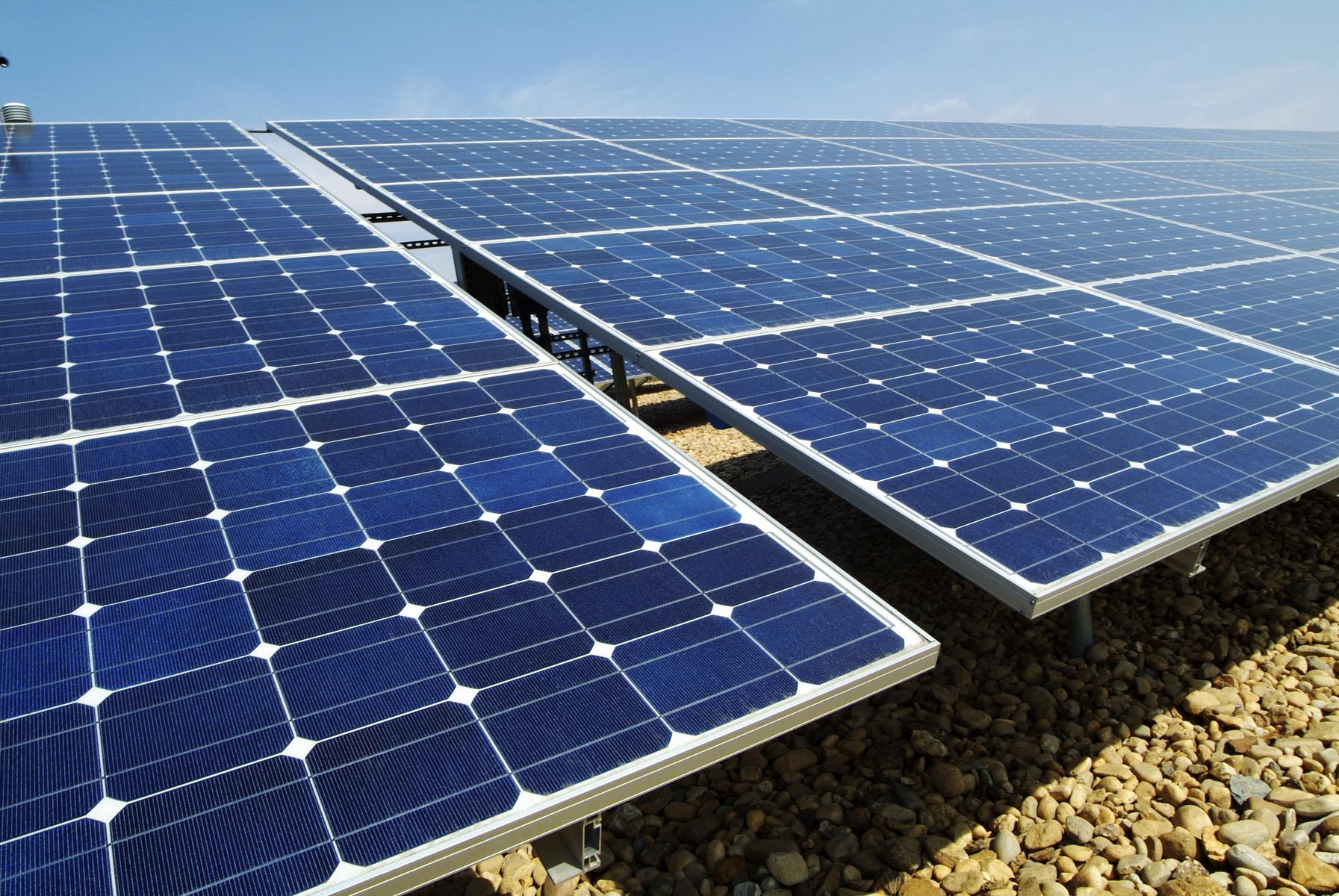Minimum Detergent Concentration?
My question is related to a minimum detergent concentration. We manually wash labware of all sizes in 0.3% Liquinox solution. We also pre-wash or pre-rinse the labware and control our parts load. We rarely have failures. We want to change our protocol to extend the wash water use for one day instead of based on a numerical parts load. Do you think a 0.3% Liquinox concentration is sufficient detergent capacity to go an entire day?
Removing Polychlorinated Biphenyls (PCBs)
Is Alconox and/or Liquinox an effective detergent for rinsing and removing polychlorinated biphenyls (PCBs) from non-porous surfaces (such as excavation equipment)? We have a great deal of experience with remediating PCBs with both powdered and liquid concentrate detergent options.
Cleaning Environmental Equipment for Testing Ammonia Levels
Q. I am doing environmental testing for ammonia levels and need to properly pre-clean all objects that will come into contact with our samples. We were thinking of using Liquinox. Is it ammonia free? Will it interfere with sample results?
Medical Device Cleaning: Soft Acrylic Intraocular Lenses (IOLs)
Q: We are cleaning both hydrophilic and hydrophobic acrylic polymers. The cleaning process we use is mostly manual, involves no extended soaking, rather short contact with rubbing, and/or usage in an ultrasonic bath. Which of your products — Alconox, Tergazyme or Liquinox — would be most suitable for the cleaning of soft acrylic intraocular lenses (IOLs)?
Photovoltaic: Wet Hi Pot Test
Q. We manufacture solar modules for building components. During the manufacturing process we are required to perform a “Wet Hi Pot Test.” The modules are immersed in a solution and tested. The manufacturer of the test equipment said that some of his customers are using the Liquinox detergent in a 300 to 1 ratio for the solution. Would this give us the required: 0.03 N/m surface tension 35 ohms/m resistance? Any help would be greatly appreciated.
